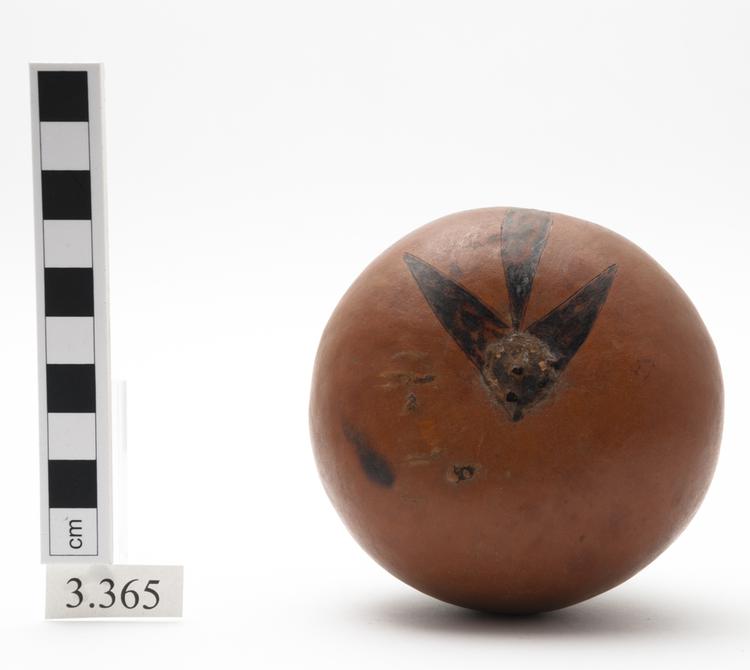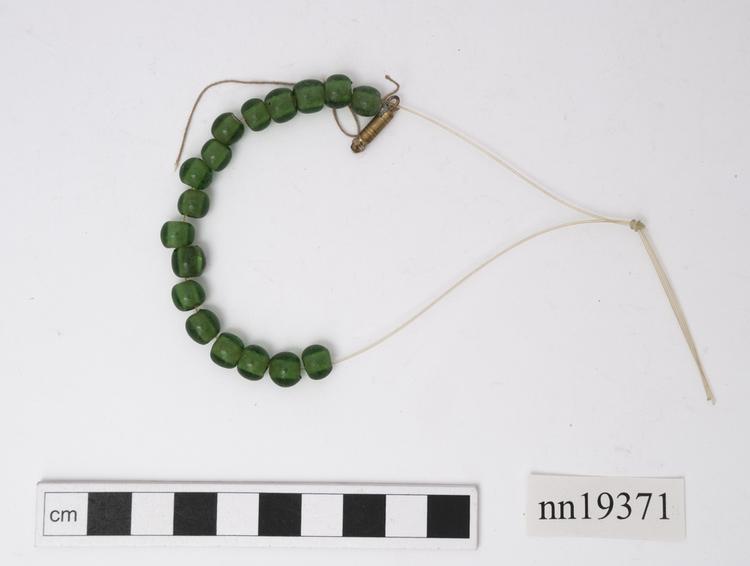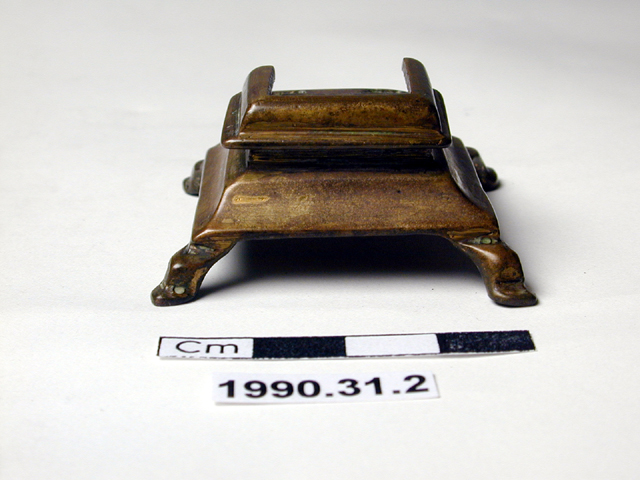Mammy Watta painting on board
Drewal, 1988, 183 has identified indigenous African appropriations of the snake charmer chromolithograph (Horniman accession number 1998.119) in 14 countries and in 41 different cultures or cultural contexts. In most cases, in West Africa at least, the appropriated imagery belongs to a constellation of water spirit possession cults with the generic name of Mami Wata, in which the spirit takes the visual form of a mermaid-like being, half fish and half woman, or a woman whose legs are always hidden. While Mami Wata or Dona Fish cults have different structures in different cultures they all feature an ambivalent aquatic female spirit or deity associated with snakes, seductive and dangerous, with the power to provide riches health and fertility to her venerators or, alternatively ruin, illness and sterility to those who cross her. Incidentally, these outcomes underlie the rationale for a great many West African possession cults, but a central sociological factor behind many Mami Wata cults is that they tend to develop outside the context of kinship and ancestor veneration. Offerings made to Mami Wata are usually European luxury products like beads, fancy cloth and perfume. She may be represented as pale skinned but she is not represented as belonging to any ethnic group and has neither child nor family, characteristics that are common to so-called “new spirits” that are said to have originated during the colonial era (Wastiau 2008, Chapter 6). Wami Wata cults, then, appear to make reference to new, more individualistic modes of seeking wealth, power and fertility associated with the development of market economies and migration to cities. While this picture of a Mami Wata may not have been used in connection with a Mami Wata shrine, it would have been a popular urban image associated with success and well being.
































































































































































































































































































































































































































































































































